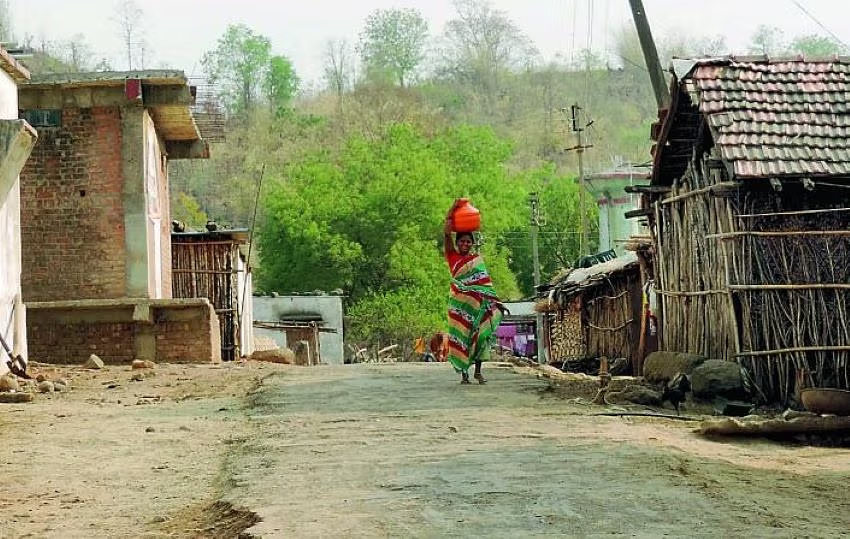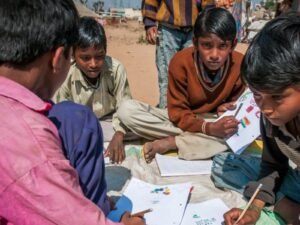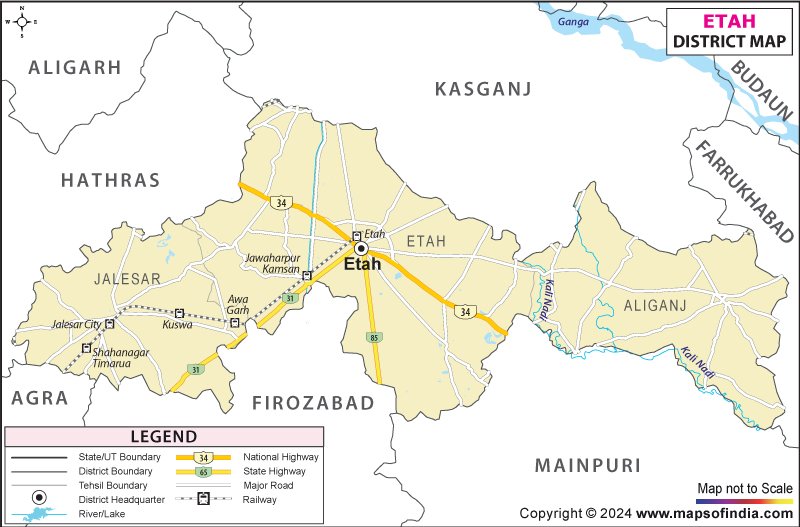In the landscape of rural development, the term “aid” often conjures images of immediate relief, a helping hand in times of crisis. While crucial, true and lasting progress demands a more profound and sustainable approach. The Kalyaan Trust Gramnirmaan Model embodies this philosophy, moving beyond mere assistance to cultivate genuine, long-term development within rural communities. It’s not about simply providing a temporary fix; it’s about empowering villages to become self-sufficient and resilient for generations to come.
The core distinction of the Gramnirmaan model lies in its fundamental shift from a top-down, aid-dependent paradigm to a bottom-up, empowerment-driven one. Instead of simply delivering resources, the Kalyaan Trust focuses on building capacity within the communities themselves. This involves a multifaceted strategy that addresses the root causes of underdevelopment rather than just the symptoms.
Here’s a closer look at the key principles that underpin the Kalyaan Trust Gramnirmaan Model:
- Community Ownership and Participation: At the heart of the model is the unwavering belief in the agency of the villagers. The Trust doesn’t impose solutions; instead, it actively engages with community members at every stage – from identifying needs and planning projects to implementation and monitoring. This participatory approach fosters a sense of ownership, ensuring that initiatives are relevant, sustainable, and truly address the aspirations of the people. For instance, when deciding on water conservation projects, the Trust would work closely with local farmers, incorporating their traditional knowledge and ensuring their active involvement in construction and maintenance.
- Holistic and Integrated Development: Recognizing the interconnectedness of various aspects of life, the Gramnirmaan model adopts a holistic approach. It doesn’t focus on a single issue in isolation but addresses the complex web of challenges that rural communities face. Education, healthcare, livelihoods, infrastructure, and social empowerment are all seen as integral components of sustainable development and are addressed in a coordinated manner. For example, improving access to education might go hand-in-hand with promoting local crafts to provide economic opportunities for the educated youth.
- Focus on Capacity Building: The ultimate goal of the Gramnirmaan model is to equip individuals and communities with the skills, knowledge, and resources they need to thrive independently. This involves investing in training programs, skill development initiatives, and the strengthening of local institutions. By building local capacity, the Trust ensures that development efforts are not reliant on external support in the long run. Imagine the Trust facilitating workshops on sustainable farming techniques, empowering farmers to adopt practices that improve their yields and protect the environment simultaneously.
- Sustainability and Long-Term Vision: Unlike short-term aid programs, the Gramnirmaan model is deeply rooted in the principles of sustainability. Projects are designed to be environmentally sound, economically viable, and socially equitable, ensuring their long-term viability. The focus is not just on immediate impact but on creating lasting change that benefits future generations. For instance, when implementing renewable energy solutions, the Trust would prioritize technologies that are locally maintainable and environmentally friendly.
- Empowering Women and Marginalized Groups: Recognizing the crucial role of women and the need to uplift marginalized communities, the Gramnirmaan model places a strong emphasis on gender equality and social inclusion. Initiatives are specifically designed to empower women, provide equal opportunities, and address the unique challenges faced by vulnerable groups. This might involve setting up self-help groups for women, providing them with access to credit and training, or advocating for the rights of marginalized communities.
The Kalyaan Trust Gramnirmaan Model offers a refreshing and effective alternative to traditional aid-based approaches. By prioritizing community ownership, holistic development, capacity building, sustainability, and inclusivity, it fosters genuine and lasting transformation in rural India. It’s a model that understands that true empowerment comes not from handouts, but from equipping people with the tools and the confidence to build their own futures, creating a ripple effect of progress that extends far beyond the immediate interventions. It’s about planting seeds of self-reliance that will blossom into thriving and resilient communities for years to come.









